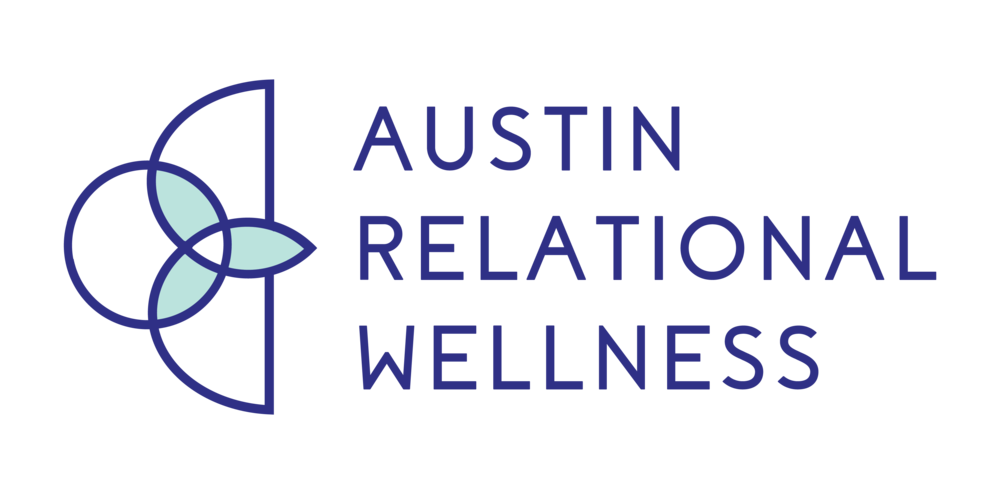Tell us a little about who you are and your background as a couples therapist…
Hi there! My name is Emily Ilseng, and I am a Licensed Marriage and Family Therapist (LMFT) Associate and couples therapist based in Austin, Texas. Since I started counseling, I have worked with a variety of individuals, couples, teens, and families. I am trained in Prepare/Enrich, which I utilize in premarital therapy with couples, and I also use Gottman Method Couples Therapy.
Why did you choose to become a couples therapist?
Learning about psychology, relationship dynamics, and having an understanding of a person’s personality has always fascinated me, and it is what initially sparked my desire to be a therapist. Growing up, I always wanted to be at a job that revolved around working with others and helping others. Therapy as a profession felt like a great way to help and support others in a personal manner. Another reason why I chose to become a therapist is because I know what it feels like to feel misunderstood and just want to feel seen and heard. As a therapist, I now have the privilege and opportunity to provide a safe space to allow clients to feel heard and seen, as well as explore their emotions and whatever challenges life might be throwing at them.
Where did you get your counseling education?
I graduated with a Bachelor of Arts in Psychology from Texas Tech University. I have a Master of Arts in Counseling with a concentration in Marriage, Couples, and Family Therapy from St. Edward's University here in Austin.
What types of therapy clients do you like to work with?
In individual therapy, I love to work with those who might be experiencing perfectionism or are wanting to understand their own relationships or family dynamics. I specialize in couples therapy for those who are longing for a deeper connection with their partner or are wanting to repair their relationship after a betrayal. The reason I love working with these types of individuals or couples has to do with my own personal experience of wanting a deeper understanding of my own relationships and family dynamics. I have a passion for learning about relationships, and I want to help support others who are wanting to gain a better understanding of themselves or their relationship dynamics.
What do you enjoy outside of therapy?
Outside of the therapy room, I like to read my Kindle. My favorite genre right now is psychological thrillers, specifically those written by Freida McFadden! I also enjoy watching college football with friends, and in the fall, I love attending games. My favorite teams to watch are my Texas Tech Red Raiders, of course! A close second favorite is Texas Christian University— Go Frogs! I also love going to spin classes, going for walks on the trail, and playing golf when the weather is nice.
If you resonate with Emily and you’re ready to take the next step, reach out to schedule a free 15-minute phone consultation.
Emily Ilseng, MA, LMFT Associate
Offering Austin Couples Therapy and Individual Counseling





























































